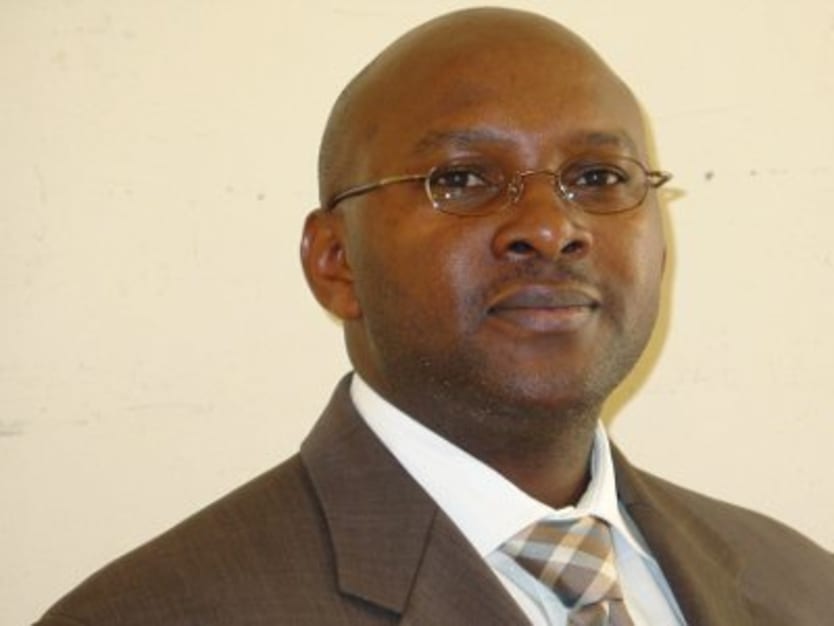
The world has evolved quite rapidly in the area of aid and development. Aid has for long been seen as an important part of development. Indeed, in the last 25 years, aid is said to have quadrupled in volume across the world.
The fact that there is an increase in aid looks good at face value – until it is followed by another narrative that shows marginal increments in the benefits arising from aid investments. For a start, we now know that there will be several countries across the world that will not achieve the Millennium Development Goals. We also have several cases of wasted aid investments.
A case in point is the global funds – for example the Global Fund to Fight AIDS, Tuberculosis and Malaria. In Uganda, three government ministers were implicated in the mid-2000s and several other influential personalities are waiting at the doors of the Anti-Corruption Court over questionable spending of Global Fund money. This looks like a real case of aid injustice – and corruption is rife elsewhere.
Clearly, these country-level realities are a real mismatch to the global commitments that were made in the Paris Declaration on Aid Effectiveness in 2005.
This year, all roads lead to Busan, Korea. One of the clear messages is that there are many more partner countries than donor organizations that can show real attainment of indicator targets set out in the Paris Declaration in 2005. Several partner countries, for example, report overhauling their procurement systems and very few donors report using these country systems. Several partner countries report reforming their budget processes, yet few donors report making their aid more predictable. Many donors continue to prefer projects to budget support.
There’s much “unfinished business” to discuss at Busan. Many actors – especially from civil society – are calling for “game-changing” reforms that go beyond technocratic fixes to achieve a real overhaul of the system: a paradigm shift that is informed by the principle of development effectiveness.
What constitutes “development effectiveness”? For civil society, it is a concept that goes beyond efficient disbursement procedures (which is what aid effectiveness is) to focus on ensuring that human rights are at the core of the way in which aid is delivered.
This call for adopting a right-based approach to aid delivery will certainly be a touchy issue, especially because the new emerging donors have little to show in terms of linking up their rapid economic development with the protection of human rights. Indeed, as we go forward, the place of human rights in the aid discourse remains contested. Even as citizens across the globe show through explicit actions like the Arab Spring, Occupy Wall Street and other ongoing citizen protests in countries in Africa, Asia and Europe, we still see a resistance to this kind of perspective.
As we go to Busan, civil society is going to stand as a development actor in its own right – it is even speaking at the opening ceremony! With this will come all the challenges of granting concessions to other actors, being perceived as sell-outs by those who do not buy the idea of working from within, and indeed having to find new ways of engaging that will not only make us experts in the new aid jargon but also critical partners in the new aid agenda.
These are truly challenging times: With less money to go around and a plethora of aid delivery models, we should brace ourselves for a new world. What will define us civil society will be the way in which we stay true to citizen’s interests in a world where the economy, the government, the private sector and civil society have as many stories of “dead aid” as they have of “alive aid.”








